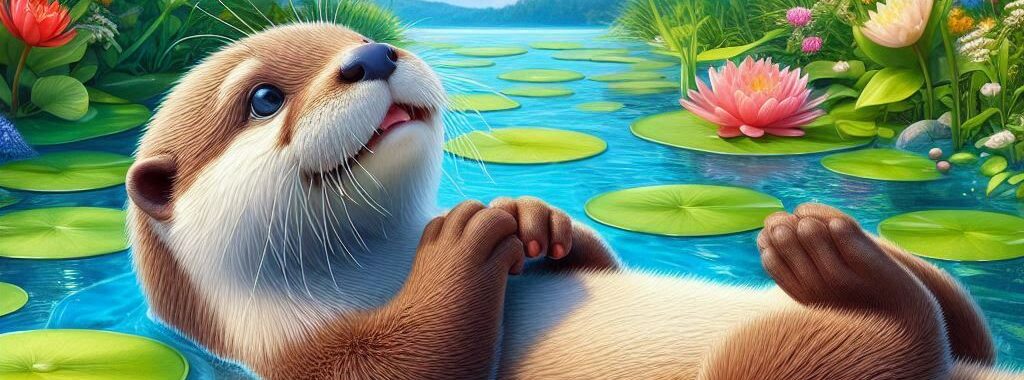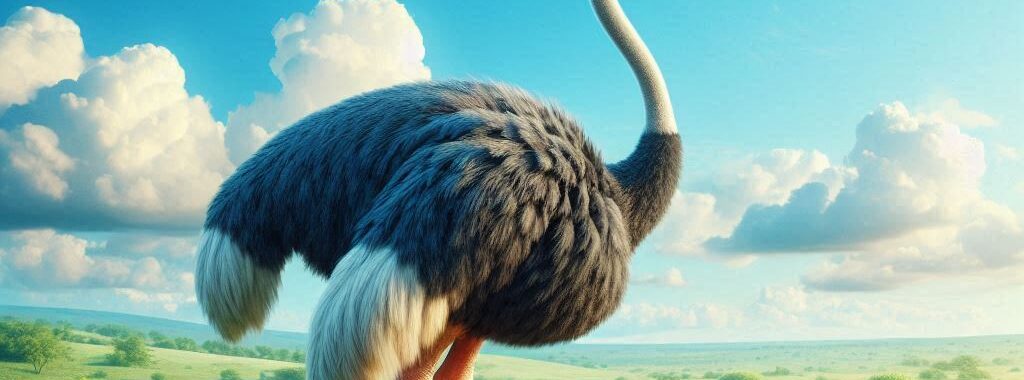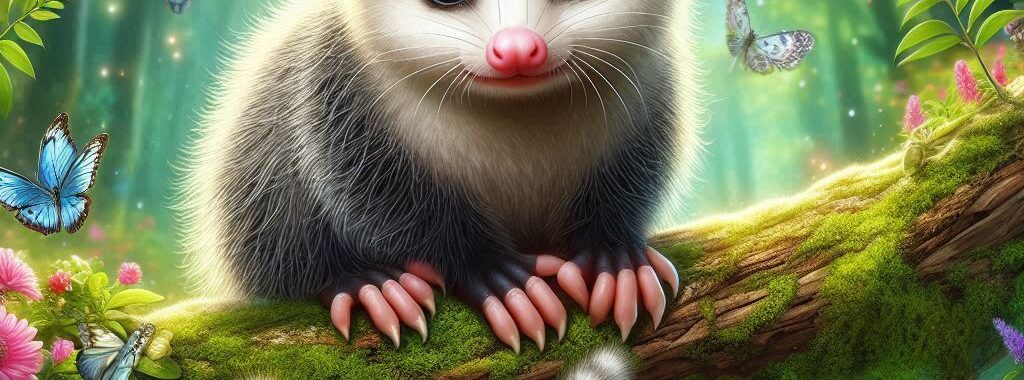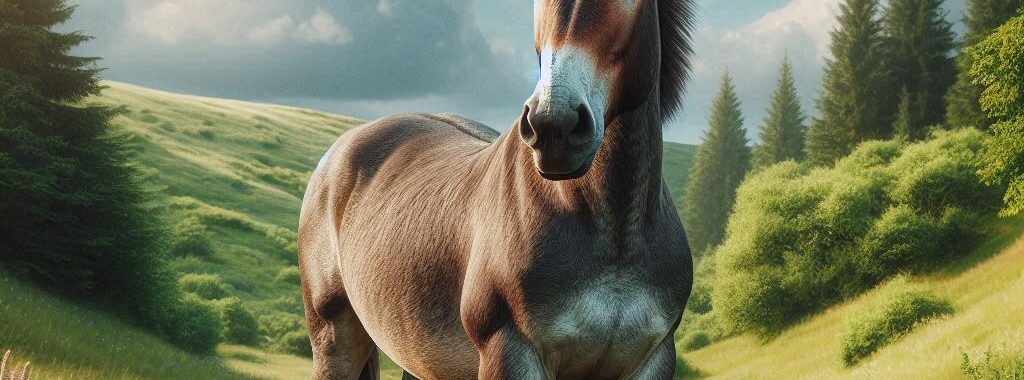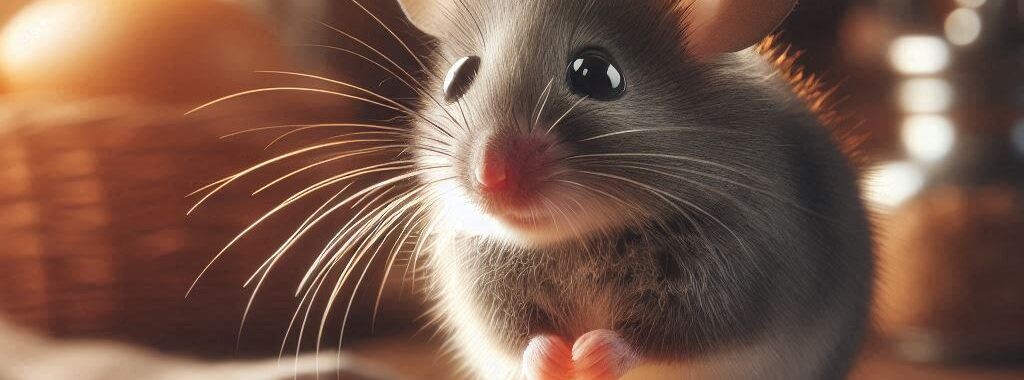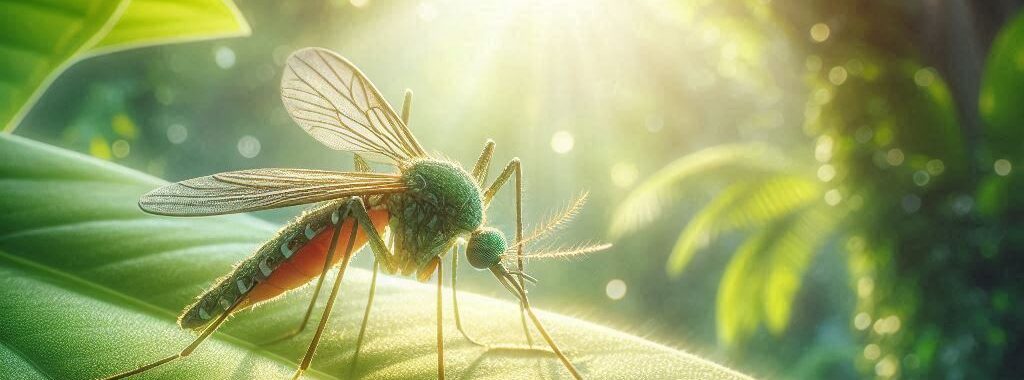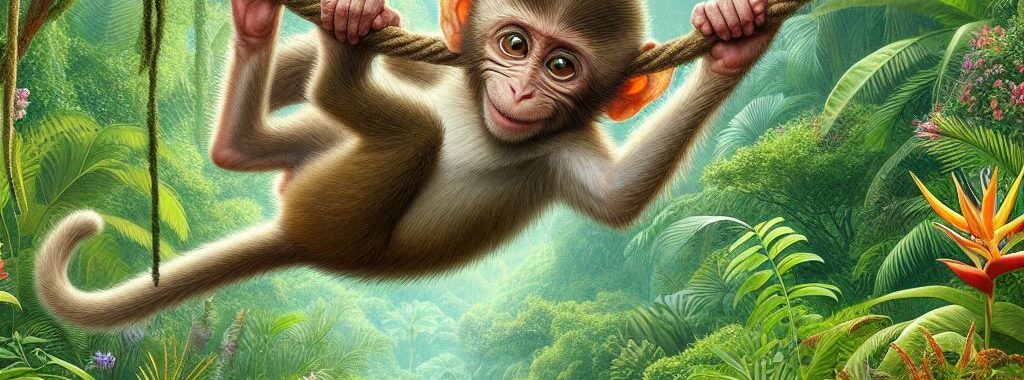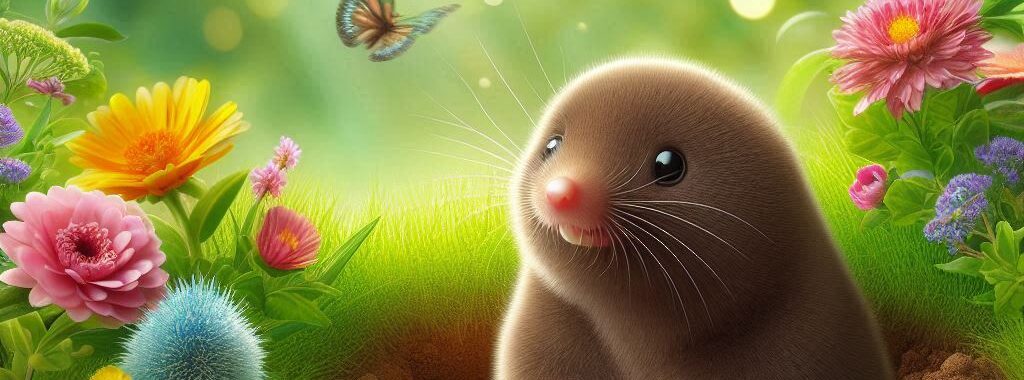Otter: A Comprehensive Overview Scientific Name: Lutra lutra (European Otter) and Lontra canadensis (North American Otter) Common Name: Otter Family: Mustelidae Habitat: Rivers, lakes, wetlands, coastal areas Diet: Carnivorous (mainly fish, but also amphibians, crustaceans, and small mammals) Lifespan: 10 to 15 years in the wild Conservation Status: Varies (Least Concern to Vulnerable, depending on […]
Continue ReadingCategory Archives: Animals
Ostrich
Ostrich: A Comprehensive Overview Scientific Name: Struthio camelus Common Name: Ostrich Family: Struthionidae Habitat: Open savannas, deserts, and grasslands in Africa Diet: Omnivorous (mainly plants, seeds, and small animals) Lifespan: 30 to 40 years in the wild Conservation Status: Least Concern (IUCN) Introduction The ostrich (Struthio camelus) is the world’s largest living bird and a […]
Continue ReadingOpossum
Opossum: A Comprehensive Overview Scientific Name: Didelphis virginiana (Virginia Opossum) Common Name: Opossum Family: Didelphidae Habitat: Woodlands, forests, wetlands, and urban areas throughout North and Central America Diet: Omnivorous (fruits, insects, small animals, carrion) Lifespan: 2 to 4 years in the wild, up to 5 years in captivity Conservation Status: Least Concern (IUCN) Introduction The […]
Continue ReadingNightingale
Nightingale: A Comprehensive Overview Scientific Name: Luscinia megarhynchos Common Name: Nightingale Family: Muscicapidae Habitat: Woodlands, forests, scrublands, and gardens in Europe, Asia, and parts of North Africa Diet: Insects, spiders, worms, fruits, and seeds Lifespan: 2–3 years in the wild, but can live up to 8 years in captivity Conservation Status: Least Concern Introduction The […]
Continue ReadingMule
Mule: A Comprehensive Overview Scientific Name: Equus mulus Common Name: Mule Family: Equidae Habitat: Domesticated environments (farms, ranches, etc.) Diet: Herbivorous (grasses, hay, grains) Lifespan: 30–40 years Conservation Status: Least Concern Introduction The mule is a hybrid animal, the offspring of a male donkey (Equus asinus) and a female horse (Equus ferus caballus). Known for […]
Continue ReadingMouse
Mouse: A Comprehensive Overview Scientific Name: Mus musculus Common Name: House Mouse Family: Muridae Habitat: Urban areas, fields, forests, and grasslands Diet: Omnivorous (seeds, grains, fruits, insects, etc.) Lifespan: 1–3 years (in the wild); up to 4 years in captivity Conservation Status: Least Concern Introduction The mouse is a small rodent belonging to the Muridae […]
Continue ReadingMosquito
Mosquito: A Comprehensive Overview Scientific Name: Culicidae (family) Common Name: Mosquito Family: Culicidae Habitat: Stagnant water bodies, wetlands, marshes, and tropical environments Diet: Blood (females) and nectar (both males and females) Lifespan: 1-2 weeks (varies depending on species and environment) Conservation Status: Not endangered (due to their widespread distribution) Introduction Mosquitoes are small, flying insects […]
Continue ReadingMoose
Moose: A Comprehensive Overview Scientific Name: Alces alces Common Name: Moose Family: Cervidae Habitat: Forests, wetlands, and cold climates of North America, Europe, and Asia Diet: Herbivorous (vegetation, leaves, aquatic plants) Lifespan: 15–25 years in the wild Conservation Status: Least Concern (but populations are decreasing in some regions) Introduction The moose is the largest member […]
Continue ReadingMonkey
Monkey: A Comprehensive Overview Scientific Name: Varies by species (e.g., Cebus capucinus for Capuchin monkeys, Macaca mulatta for Rhesus macaques) Common Names: Monkey Family: Cercopithecoidea (Old World monkeys) or Platyrrhini (New World monkeys) Habitat: Rainforests, savannas, grasslands, mountains, and urban areas Diet: Omnivorous (fruits, leaves, insects, small animals) Lifespan: 15–45 years depending on species Conservation […]
Continue ReadingMole
Mole: A Comprehensive Overview Scientific Name: Talpa (e.g., Talpa europaea – European mole, Scalopus aquaticus – Eastern mole) Common Names: Mole Family: Talpidae Habitat: Underground burrows, grasslands, gardens, forests, and agricultural fields Diet: Carnivorous (primarily insects, earthworms, and small invertebrates) Lifespan: 3–6 years in the wild Conservation Status: Least Concern (generally, though local populations may […]
Continue Reading
